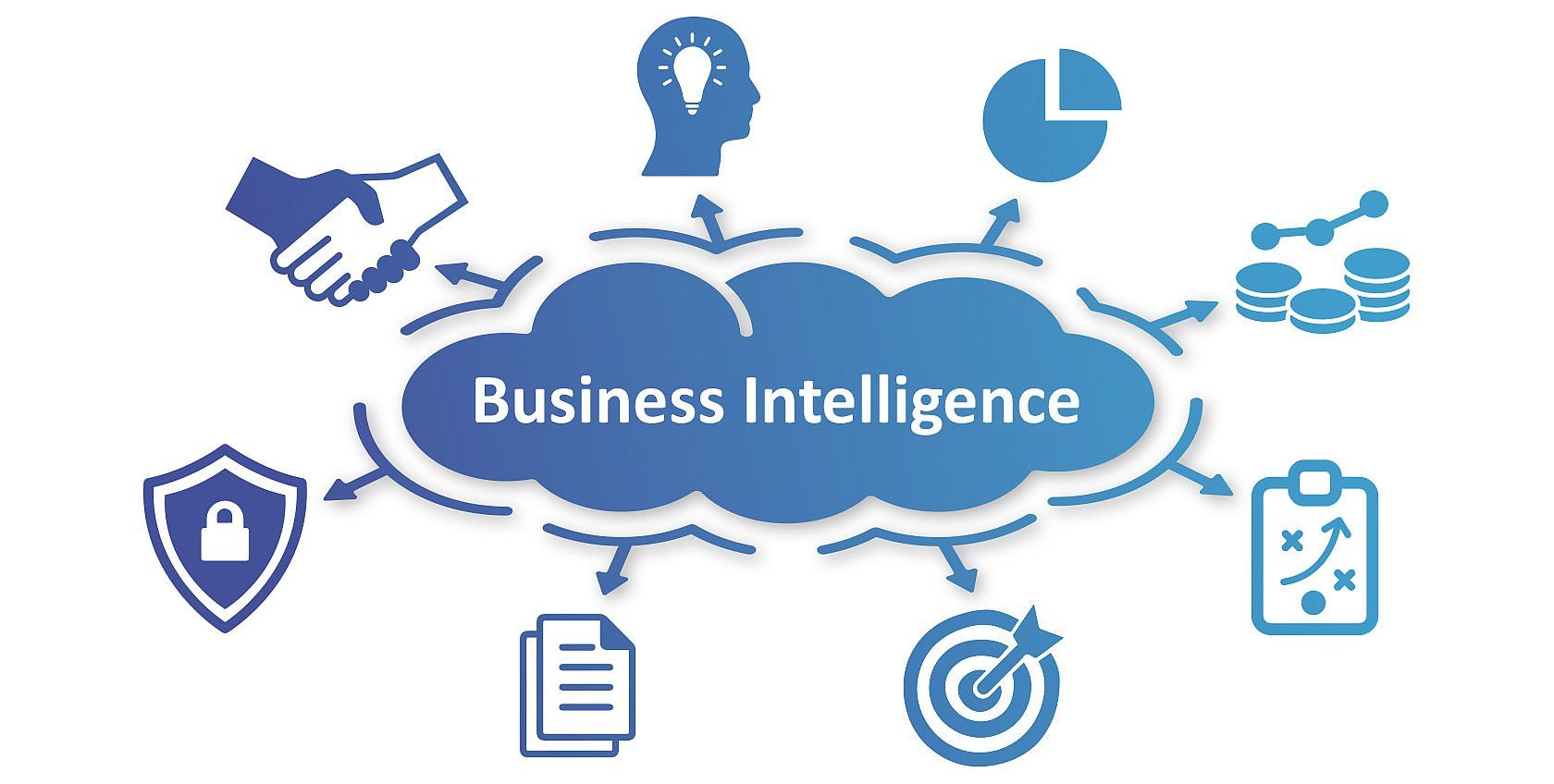In the current business world, data is a critical asset that can make or break an organization. Power BI and Microsoft Fabric are powerful tools that companies utilize to unlock the power of data. These platforms are the foundation of business intelligence. when they are combined with Azure Data Factory, they can be a force that is unstoppable in data analysis and decision-making.
Power BI Your Business Intelligence Companion
Power BI is an application for business intelligence by Microsoft that allows organizations to visualize their information and share insights. Users can build interactive dashboards and reports, turning information from raw data into meaningful insights.

Power BI can be tailored to meet your individual needs no matter if you’re starting out or are a big company. It integrates seamlessly with various data sources and makes it easy to combine data from different platforms and databases. With its intuitive drag-and-drop interface even non-technical users are able to quickly develop insightful reports and analyzes.
Power BI supports real-time processing of data, making sure that you are always updated with the most recent data. Power BI offers a range of visualizations that allow the presentation of data in a digestible, compelling way. Collaboration and sharing of reports with colleagues can improve decision-making and creates a data-driven organizational culture.
Microsoft Fabric: Weaving Data to provide excellence
Microsoft Fabric is an underlying framework which integrates and orchestrates information from several Microsoft services. Fabric is the layer that converts your data an easily accessible and reusable entity. This enables businesses to gain insight fast.
Microsoft Fabric is the foundation of data integrity and consistency as companies deal with ever-increasing amounts of data. It is integrated with a variety of services, ranging from Azure Data Lake Storage and Azure SQL Data Warehouse, to Power BI and more. The platform’s interconnectivity will ensure that data flows and insights are available coming from a variety of sources.
Microsoft Fabric’s capabilities for data transformation can be a perfect example of its flexibility. It can be used to manage data and prepare it for analysis, and to ensure it conforms to the policies of data governance of your business. Microsoft Fabric is an application framework that can help ensure your data is accurate and reliable for analytics.
Azure Data Factory: the Gateway to Data Transformation
Azure Data Factory is another essential component in the modern business intelligence landscape. It’s a cloud-based integration service that permits you to create, schedule and control data-driven workflows. By coordinating data movement and transform data, Azure Data Factory paves the way for valuable insight.
Azure Data Factory’s ability to connecting to different sources of data is among its major strengths. Your data can be integrated seamlessly, regardless of whether it’s on-premises, in the cloud or both. It will provide you with a comprehensive view of the whole data ecosystem, regardless of where your data is located. It is able to handle batch processing, streaming of data in real-time, as well as big analysis of data. This makes it ideal for a variety of instances.
Azure Data Factory has a visually-oriented user interface that eases the process of creating data pipelines. Even if you’re not a coder it is easy to design plans, schedules and track data pipelines. This software lets businesses regulate their data integration process and allow them to build data themselves.
Power BI, Microsoft Fabric and Azure Data Factory: The Power Trio
When Power BI and Azure Data Factory when combined and merged, they form an impressive trio that can change the way you analyze data. Here’s what they do:
1. Data Integration Azure Data Factory can connect to many data sources and ensure that your data is accessible. This data integration capability feeds into Microsoft Fabric, which orchestrates data across various services. This will ensure that your data is properly organized, cleaned, then it’s ready for Power BI analysis.
2. Data Transformation: Microsoft Fabric plays a important part in the process of data transformation and allows you to tailor the data you have to suit your requirements for analytical analysis. Fabric ensures that the data is ready to be used for insight when it comes to cleaning or transforming data.
3. Power BI will take over once your data has been perfected and is ready. It lets you create visually appealing reports and dashboards that make complicated data more understandable. It allows you to share these insights and encourage your team to make data-driven decisions.
4. Scalability: Azure Data Factory is scalable to meet growing amounts of data. Power BI combined with Microsoft Fabric can provide reliable data as your company expands.
5. Power BI & Azure Data Factory provides real-time insights that is vital to a rapid decision-making process.
Also, you can read our conclusion.
Business intelligence is evolving rapidly and companies must leverage the power of data to stay ahead. Power BI combined with Microsoft Fabric and Azure Data Factory can take your business analytics to the next level. The trio of tools can assist users create stunning visualizations, improve data consistency and streamline workflows. Utilize the power of business intelligence, and unleash the full potential of your data.
